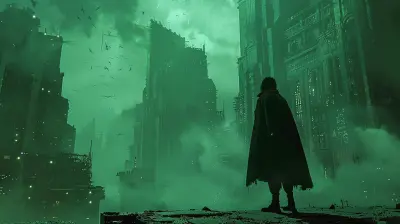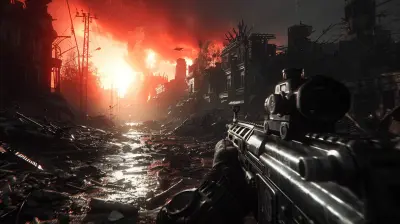The Intricate Politics Behind the Witcher’s Nilfgaardian Empire
23 October 2025
Ah, Nilfgaard. The land of black armor, questionable hairstyles, and more political drama than a seven-season fantasy TV series. If you've played The Witcher games or binged the Netflix series, you already know that Nilfgaard isn’t just your average power-hungry empire. Nope, it’s like an overachieving kid at a science fair—determined to one-up everyone else, no matter the ethical cost. But what’s really going on behind its ominous banners and sharp fashion statements? Why is everyone either terrified of it or reluctantly bowing to it?
Buckle up, grab some mahakaman mead, and let’s dive into the labyrinthine politics of Nilfgaard. Spoiler alert: It’s more twisted than a Continent-wide game of Gwent. 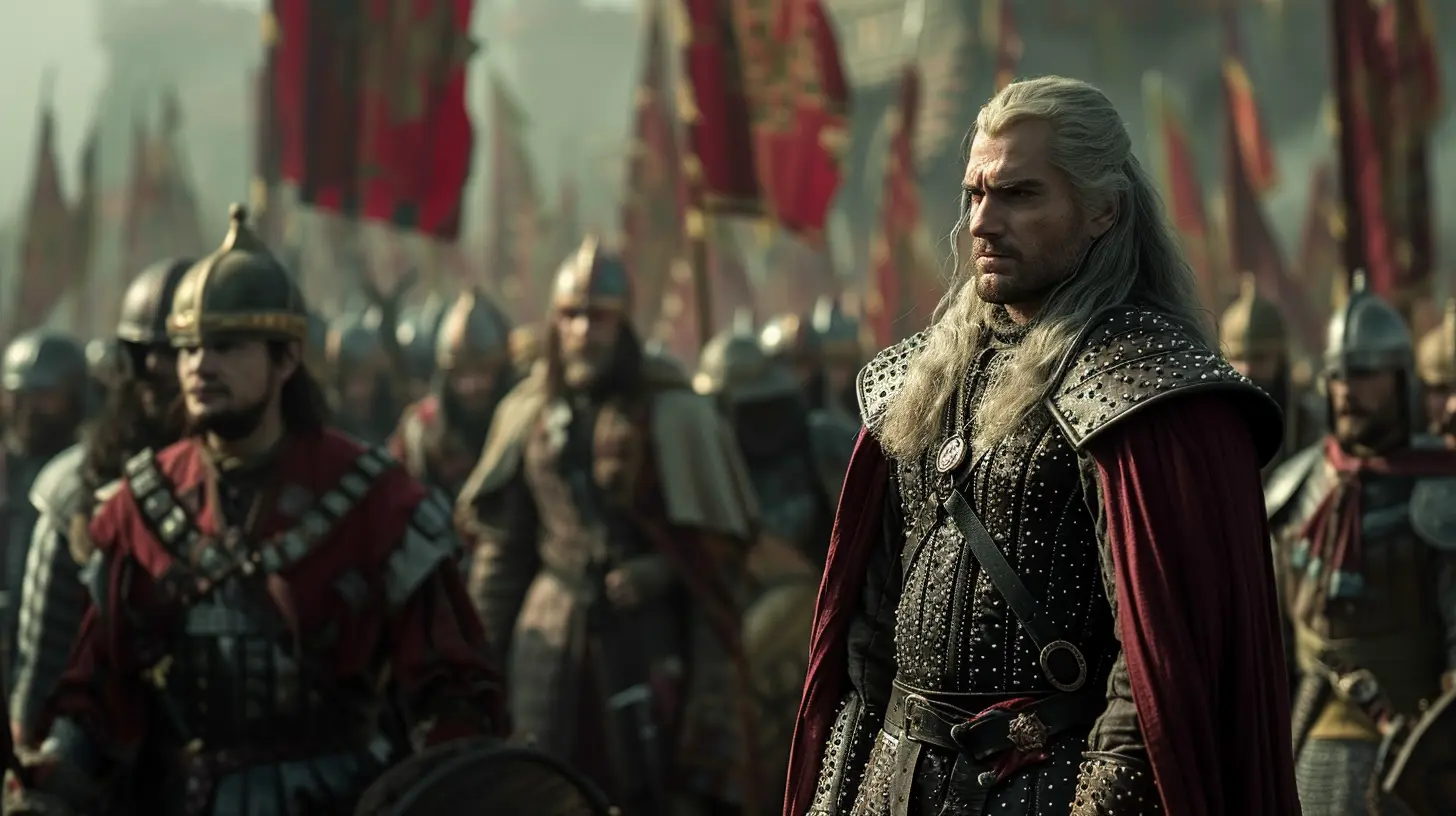
The Black Sun Always Rises
First, let’s talk about branding. Nilfgaard knows how to dress for success—or, you know, conquest. Its soldiers wear black armor, its flags are black with a golden sun emblem, and its PR department has basically decided, “If it looks intimidating, it’ll work.” And boy, does it work. Nilfgaard doesn’t just invade; it strolls into neighboring lands like that one relative who always "borrows" your Netflix password without asking.But the sun emblem isn’t just for looks. It symbolizes power, order, and superiority, because nothing quite says “We’re better than you” like slapping a glowing sun on everything you own. It’s like Nilfgaard wants to be the Continent’s version of a luxury handbag—iconic, expensive, and just a little bit smug. 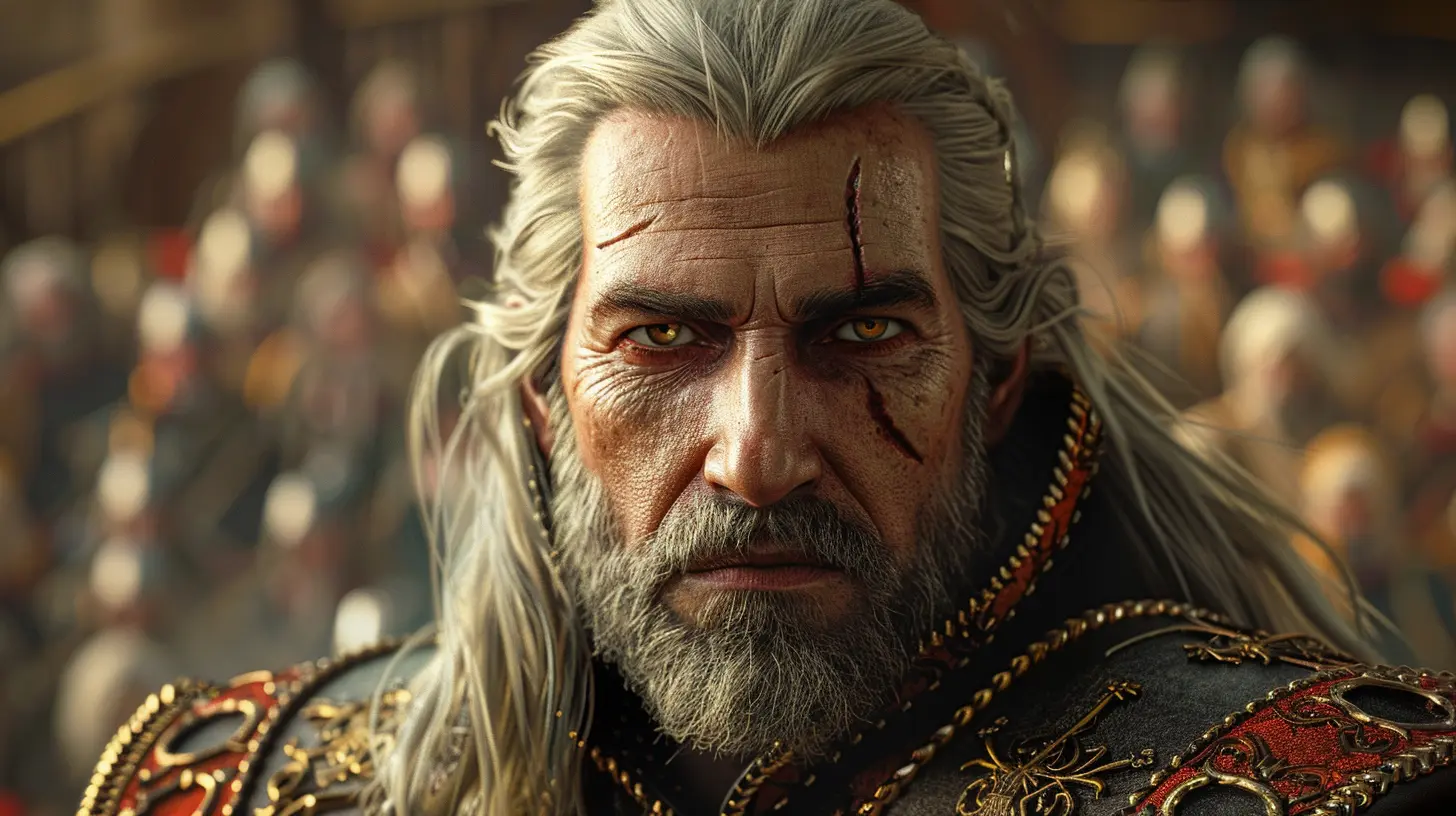
Emperor Emhyr: Daddy Issues and World Domination
At the heart of Nilfgaard's empire is Emperor Emhyr var Emreis, aka “The White Flame Dancing on the Graves of His Foes.” Yeah, that’s seriously one of his titles. Talk about overcompensation, right? This guy’s got more drama than a reality TV contestant.Emhyr didn’t just wake up one morning and decide to conquer the world. His life has been one big soap opera. Kidnapped as a child, cursed to look like a porcupine (yes, really), and eventually restored to power, Emhyr’s backstory is like a series of increasingly weird plot twists. But here’s the thing: All that trauma? It shaped him into one of the most ruthless and calculating rulers the Continent has ever seen. He doesn’t just play the game of thrones; he reprograms it and sells DLC expansions.
And let’s not forget his ultimate goal: reuniting with his daughter, Ciri. On paper, it sounds sweet. In practice, it’s more like, “Hey, Ciri, how about you help me conquer the world and maybe also marry me to fulfill a prophecy?” Yep, Nilfgaardian family dynamics are as complicated as their politics. 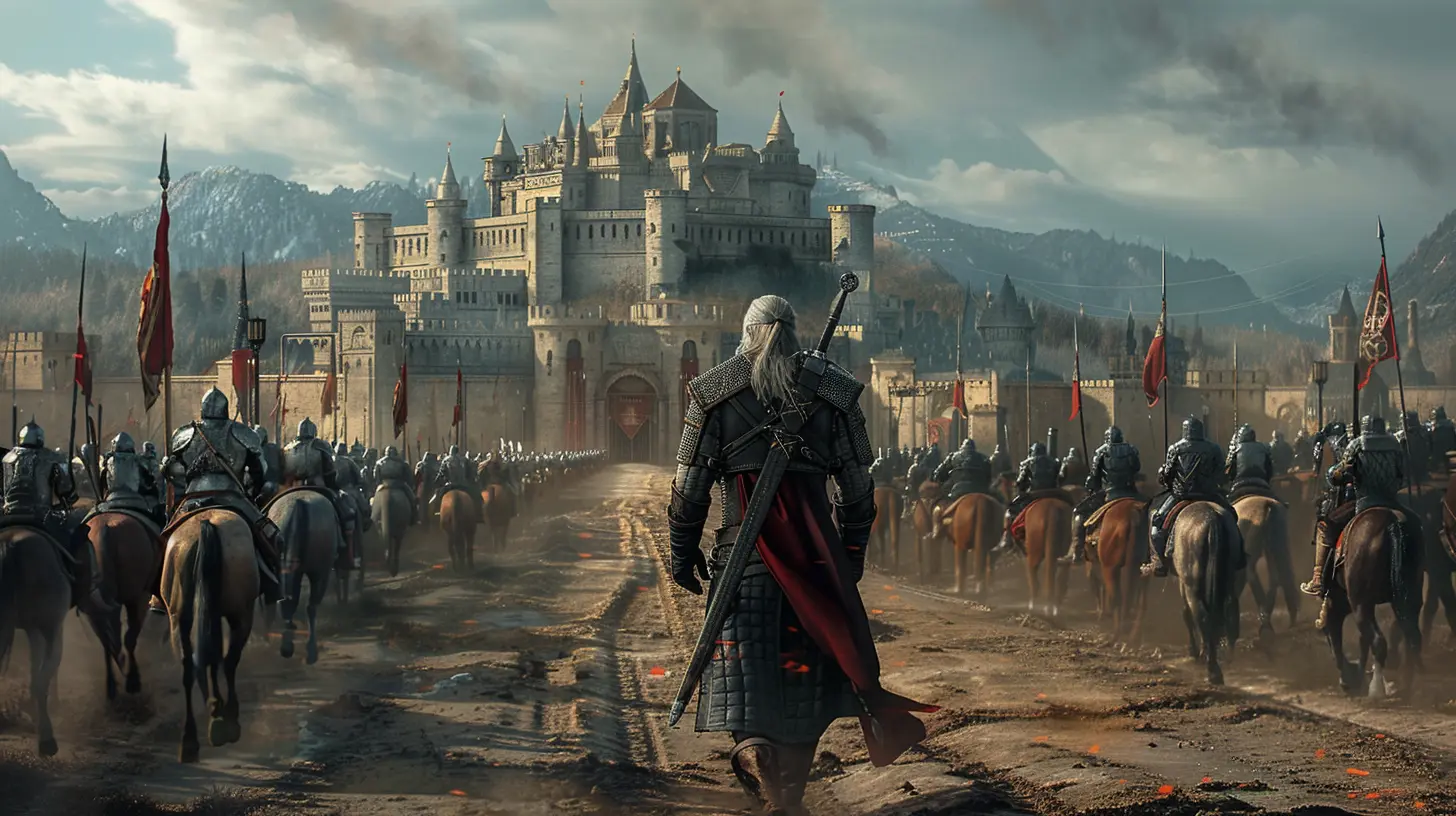
A Bureaucratic Nightmare
If you think Nilfgaard is all about swords and sorcery, think again. Behind the flashy invasions is a bureaucratic machine that would put the DMV to shame. Nilfgaard isn’t just an empire; it’s a well-oiled corporate dystopia.Imagine this: You’re a peasant in a newly conquered land. One minute, you’re farming turnips in Redania; the next, some guy in shiny black armor is handing you a pamphlet on “Nilfgaardian Laws and You.” And these laws? They’re detailed. Like, “How many turnips you’re allowed to farm” detailed.
But here’s the kicker—Nilfgaard’s bureaucracy actually works. Taxes are collected efficiently, roads are built, and corruption is kept in check (mostly). It’s like the empire is saying, “Sure, we’ll conquer you, but at least your postal service will be top-notch.” It’s both impressive and slightly terrifying. 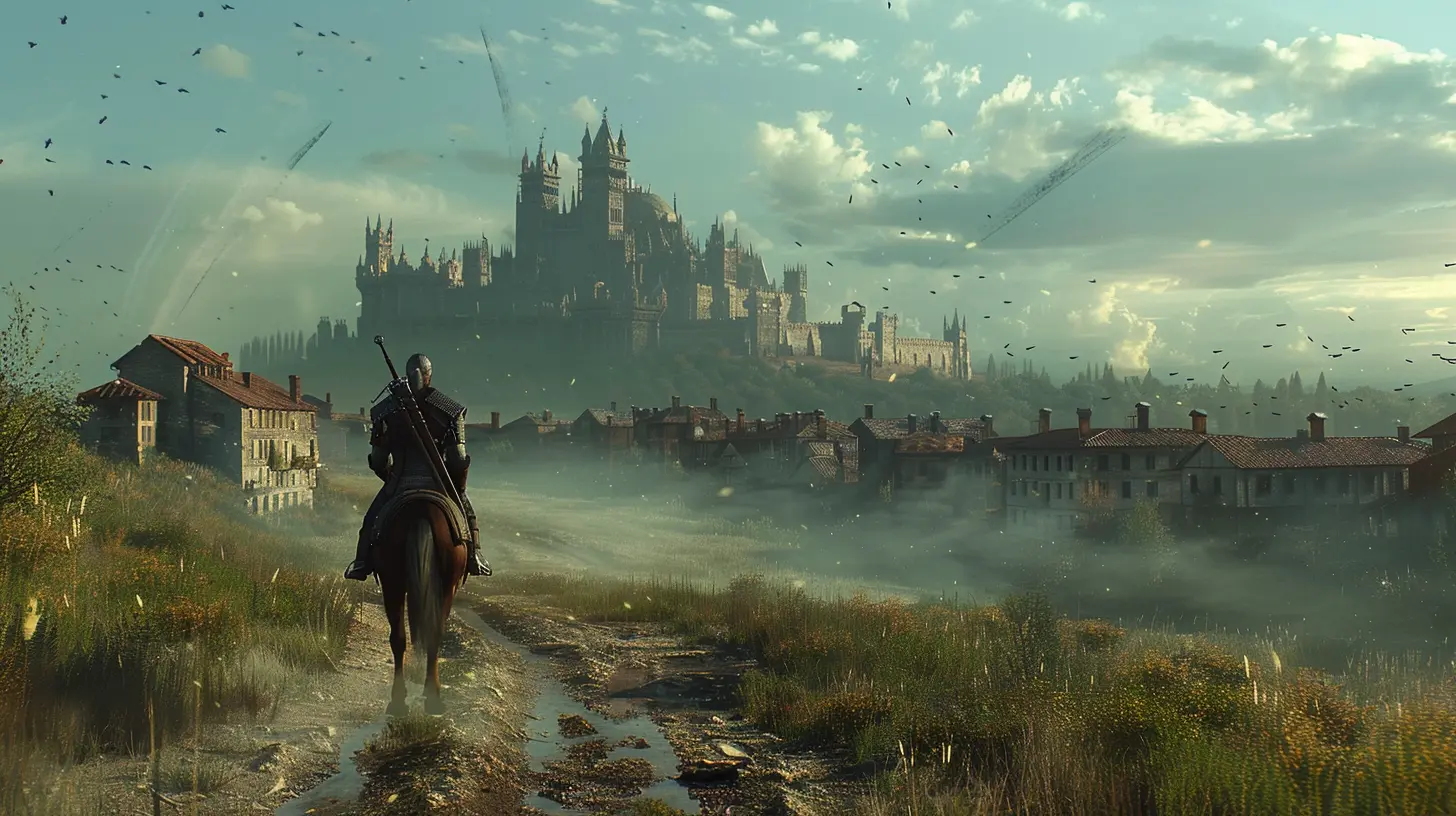
The "Join Us or Die" Diplomacy Strategy
Nilfgaard doesn’t do small talk. Its approach to diplomacy is basically, “You can join us willingly, or we can burn your city to the ground. Your choice!” Subtle, right?When Nilfgaard invades, it offers two options: assimilation or annihilation. If you choose assimilation, congrats! You get to become a Nilfgaardian citizen, complete with the aforementioned pamphlets and a crash course in speaking the Nilfgaardian dialect. If you resist, well… let’s just say Nilfgaard has a very liberal approach to fire as a military tactic.
This strategy is brutally effective. Most kingdoms fold faster than a cheap deck of cards. Those that don’t? They get the full Nilfgaardian Experience™—a combination of overwhelming military force and psychological warfare. It’s like trying to beat a boss in The Witcher 3 when you’re still Level 2. Good luck with that.
Why Does Everyone Hate Nilfgaard?
Let’s be honest: Nilfgaard doesn’t exactly have the best reputation. To the rest of the Continent, it’s that annoying neighbor who keeps building bigger fences and "accidentally" parking in your driveway. But why is everyone so salty?For starters, Nilfgaard has a superiority complex the size of Kaer Morhen. It sees itself as the pinnacle of civilization, which is basically a polite way of saying, “We think you’re all barbarians.” This attitude doesn’t exactly endear it to the northern kingdoms, who have their own problems without Nilfgaard waltzing in and saying, “Nice kingdom you’ve got here. Shame if anything happened to it.”
Then there’s the whole “conquer and assimilate” thing. Nobody likes being told how to live their lives, especially when the alternative is a fiery death. Add in a healthy dose of propaganda, and it’s no wonder Nilfgaard is about as popular as a drowner infestation.
Nilfgaard vs. The North: The Ultimate Grudge Match
The northern kingdoms and Nilfgaard have been at each other’s throats for years. Think of it as the fantasy equivalent of a long, drawn-out feud between rival sports teams.The northern kingdoms are scrappy, disorganized, and perpetually bickering among themselves. Nilfgaard, on the other hand, is like a well-oiled machine with a massive war chest and an army that knows how to march in a straight line. It’s a classic underdog story, except the underdogs are too busy arguing over who gets to be in charge.
The Nilfgaardian Wars have been brutal, with both sides committing more atrocities than I care to count. But at the end of the day, it’s not just about land or resources. It’s about ideology—Nilfgaard’s vision of a unified, orderly empire versus the North’s fiercely guarded independence.
So, Who’s the Real Villain?
Here’s where things get tricky. Is Nilfgaard the villain of The Witcher? Well, yes… and no. Sure, it’s an empire built on conquest and ruthless ambition, but it’s also brought stability and progress to the regions it controls.Meanwhile, the northern kingdoms are hardly saints. Corruption, hypocrisy, and infighting are par for the course. Even Geralt, our beloved monster-slaying grump, isn’t a big fan of how the North handles its business.
At the end of the day, Nilfgaard isn’t purely evil. It’s like that ambitious coworker who’ll step on everyone to get a promotion—terrible ethics, but you can’t deny the results.
The Witcher and Nilfgaard: A Love-Hate Relationship
What makes Nilfgaard such a compelling part of The Witcher universe is its complexity. It’s not just a faceless enemy for Geralt to roll his eyes at; it’s a nuanced, multi-layered force that challenges the simplistic “good versus evil” narrative we’re used to.Whether you love them or hate them, you can’t deny that the Nilfgaardians bring a lot to the table. Military precision? Check. Intriguing political drama? Double check. Enough black armor to make Batman jealous? Triple check.
Conclusion: Nilfgaard, You Magnificent Disaster
So, there you have it—the intricate (and sometimes ridiculous) politics behind The Witcher’s Nilfgaardian Empire. Love them or hate them, you have to respect their hustle. They’ve got ambition, bureaucracy, and a level of extra-ness that’s almost admirable.The next time you’re wandering through the Continent, spare a thought for Nilfgaard. Sure, they’re the bad guys (mostly), but they’re also an empire that knows how to get things done—with style, of course. Just don’t let them catch you farming unregulated turnips.
all images in this post were generated using AI tools
Category:
Lore And StorylinesAuthor:

Kaitlyn Pace
Discussion
rate this article
1 comments
Erin Hurst
Great insights! Love how you unravel Nilfgaard’s complex politics!
October 26, 2025 at 3:45 AM

Kaitlyn Pace
Thank you so much! I'm glad you enjoyed it!

